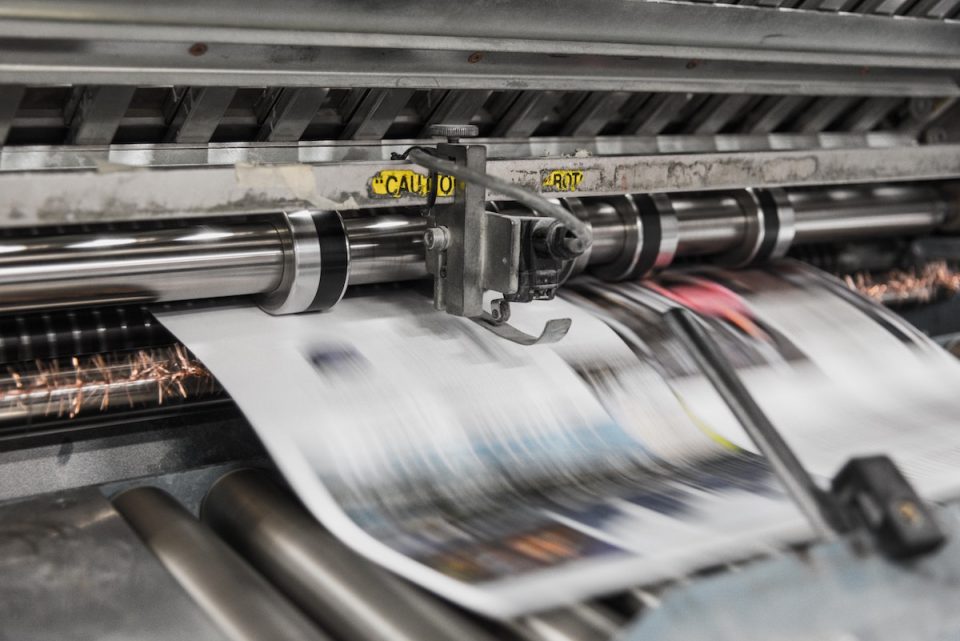Print, Digital or Both?

Jackson Pollock, a post-war world art innovator
November 13, 2018
How Can Paper Improve Your Work?
November 20, 2018
The digital revolution has changed the dynamics of the publishing industry – changing the way we consume news and changing the way brands communicate with their customers.
Digital printing offers huge advantages for publishers and brands alike – digital newspapers, magazines, and advertising can reach anyone, anywhere, in real time and without the profit-reducing burden of printing or delivery costs.
Yet, there is increasing evidence that the move towards digital shouldn’t be a zero-sum game.
NPS makes the point that “Companies that believe the noise about the print and paper industry being a thing of the past might be losing out on opportunities to significantly drive revenue.”
Businesses should choose both
It’s a point reiterated by blogger Jackie Graziano, who argues “Businesses sometimes assume that they have to choose one or the other when they can and should choose both.”
This is backed up by buyer behavior: a study into the buyer behavior by the American Press Institute found that while 71 percent of respondents prefer print newspapers, 52 percent of print subscribers enjoy their bundled access to print and digital news.
The study emphasizes the need to understand the difference in print and digital audiences; “the digital subscriber tends to a different person and motivated by different things than print readers.”
It also found that subscriptions were motivated by different things for the two formats: coupons and discounts for print media and paywalls for digital media.
These different audience profiles are an important consideration for advertisers too. Emphasizing the need to understand your audience and how to reach them when planning any branding or advertising campaign or making decisions about print vs. digital.
Wider geographical coverage
Of course, one of the strengths of digital is the vast amount of information it provides about readers and consumers – each data trail harnessed through analytics offers the opportunity for improved targeting and personalization.
Personalization might not be so easy with print, but print offers other benefits.
The Mission podcast states, “According to data collected by Nielsen Scarborough, for the 51 largest American newspapers the print edition reaches 28 percent of circulation areas, while the digital version only reaches 10 percent.”
Our response to printed materials differs too. Royal Mail has found that print marketing averages a 4.4 percent response rate, whilst the average response rate for an email is just 0.12 percent. What’s more, 79 percent of consumers act upon direct mail instantly, whereas this drops to 45 percent for email.
Print marketing is also more memorable.
Graziano says “it taps into a customer’s haptic memory. Haptic memory is the most lasting form of emotional connection. When a customer holds something tangible in their hands, it builds trust with the brand.”
New innovation is also enhancing the print experience – 3D technology, interactive elements and augmented reality fuse the digital and printed worlds.
More than ever, print vs. digital is not a zero-sum game. Whether you’re delivering news or promoting your products or services, print and digital are best.



